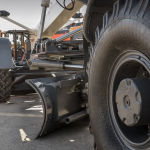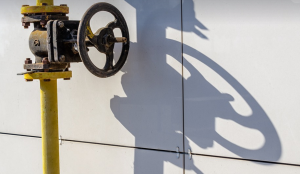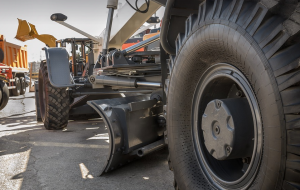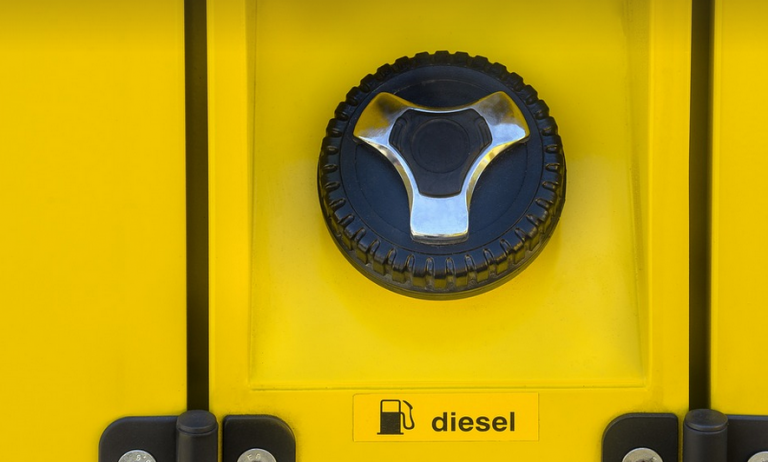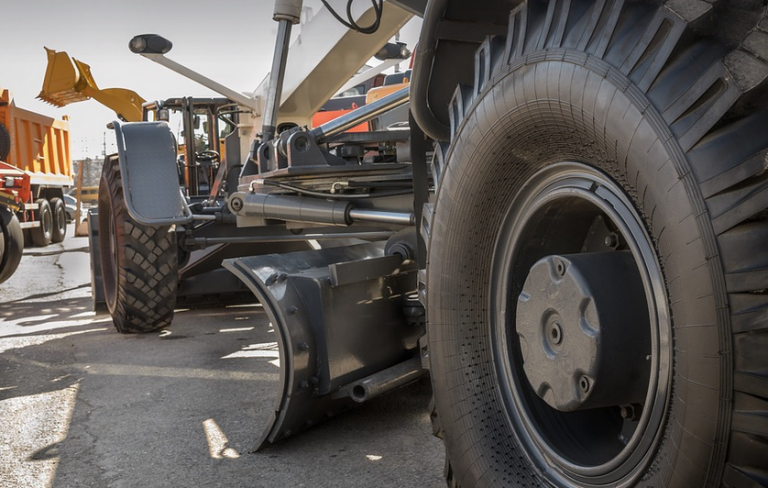What Exactly is a Sheet Metal Soldering Iron?
A sheet metal soldering iron, often referred to as a “sheet metal soldering station” or simply a “solder pen,” is a specialized tool designed for precision heating and soldering in applications involving sheet metal. These irons are more than just regular soldering irons; they’re designed with unique features that cater specifically to the demands of working with thin, flat metal pieces.
Unlike their standard counterparts used for thicker parts, these irons excel at precise control over temperature and surface area. Their compact design and dedicated components offer a range of advantages, particularly in industries where accuracy is paramount—think automotive repair, electronics fabrication, and aerospace engineering.
Why Choose a Sheet Metal Soldering Iron?
Before diving into the specifics, let’s explore why you might consider opting for this specialized tool. The choice hinges on several key factors:
1. Precision and Control
One of the hallmarks of sheet metal soldering irons is their ability to deliver incredibly precise temperature control. This is critical when working with delicate components of thin sheets, as a slight fluctuation in heat can easily warp or distort them.
Furthermore, these irons often boast adjustable temperature settings and built-in temperature indicators. These features ensure optimal welding conditions for even the most intricate work.
2. Durability and Lifespan
Compared to conventional soldering irons, sheet metal soldering irons are usually made with more robust materials. Their construction is designed to withstand the rigors of repeated use, particularly when working with thick or rigid sheets of metals.
They also tend to have longer lifespans due to their sturdier mechanisms and reduced wear-and-tear components. This translates into fewer repairs and replacements over the lifetime of the tool.
3. Versatility in Application
Sheet metal soldering irons are not limited to a single application; they’re incredibly versatile tools for various tasks.
They find use in situations like:
- Repairing small appliances and electronics
- Modifying vehicle components
- Welding and soldering in aerospace engineering
- Building custom metal enclosures for various applications
Understanding the Components of a Sheet Metal Soldering Iron
Let’s delve deeper into what makes these irons unique. While general soldering irons usually rely on a constant temperature, sheet metal soldering irons are more complex than their counterparts.
Here’s a glimpse at some key components:
1. The Heating Element
The heart of any soldering iron is the heating element, responsible for generating the controlled heat required for welding. Sheet metal soldering irons may use different types of elements depending on the application and requirements. For instance, you’ll find a variety of materials like Nickel-Chromium or Ceramic that offer unique advantages in terms of heat conductivity and performance.
The element is often designed with a specific shape to optimize its temperature range and control within the soldering iron itself.
2. The Temperature Control
Most sheet metal soldering irons have adjustable temperature settings, typically ranging from 150°C to 450°C (302°F to 846°F). These settings allow for precise control over the heat applied during welding or soldering.
They often feature digital displays with visual feedback indicators for each temperature setting, ensuring you can effortlessly set and maintain the appropriate level of heat during the process.
3. The Soldering Tip
The soldering tip is a crucial part of the iron that allows for accurate application of the controlled heat to specific areas of the sheet metal. Typically made from high-quality materials like tungsten or copper, these tips need to be carefully selected and maintained for optimal performance.
Some irons come with multiple tips, each designed for different applications or levels of work intensity.
A Step-by-Step Guide to Using a Sheet Metal Soldering Iron
Using a sheet metal soldering iron is straightforward. However, proper technique and safety precautions are essential for optimal results.
1. Prep the Material
Before starting, prepare your sheet metal by cleaning it with a soft brush or compressed air to remove any dust or debris that might interfere with the welding process.
2. Set the Temperature
Turn on the soldering iron and select the appropriate temperature setting for the metal type you’re working with. The ideal temperature is determined by the specific material, thickness, and application.
3. Check the Tip
Make sure your soldering tip is clean and free of any debris. If there are any imperfections, it might lead to inconsistent welding or even damage the metal. You can also use a special cleaning pen for this purpose.
4. Apply Heat Carefully
Position the soldering iron on the sheet metal, allowing for gentle contact while maintaining control over the heat distribution.
5. Check for Proper Solder Flow
Monitor the soldering process closely to ensure that the solder flows smoothly and evenly in the desired location. Avoid excessive pressure as it can overheat or deform the material.
6. End the Process
Once the soldering is complete, remove the soldering iron from the sheet metal. Ensure the tip isn’t exposed to any heat for extended periods, and allow it to cool down after use.
Choosing the Right Sheet Metal Soldering Iron
Selecting the right sheet metal soldering iron depends on your specific requirements and application. Consider these factors:
1. Metal Type and Thickness
The type of metal you’re working with will influence the material selection. Some irons are designed for specific metals like copper or aluminum, while others can handle a wider range.
2. Application and Project Size
If you’ll be working on small projects or intricate designs, you might need a smaller soldering iron with a precise temperature control system. Larger projects might warrant a more robust iron with higher power output to meet the project demands.
3. Heat Output and Temperature Control
The heat output and temperature control capabilities play a vital role in your welding experience. High-quality irons generally have precise controls for both power and temperature, allowing for a wide range of adjustments.
Safety First! Working with Sheet Metal Soldering Irons
Working with any soldering iron requires careful attention to safety measures.
Here are some essential safety precautions:
1. Safety Gear
Always wear appropriate eye protection and heat-resistant gloves when working with a sheet metal soldering iron. This helps protect your face, hands, and eyes from potential burns or contact with the heat generated while soldering.
2. Ventilation and Work Area
Work in a well-ventilated area to avoid exposure to fumes. Ensure there’s adequate ventilation during operation to prevent any build-up of harmful gases.
3. Proper Handling
Always hold the soldering iron with firm control, especially when using heavier sheet metal. This helps prevent accidental slips or drops that might result in injury.
4. Storage and Maintenance
Keep your soldering iron stored safely away from moisture to extend its lifespan. Clean your soldering iron regularly according to the manufacturer’s instructions.
Let me know if you need any further clarifications or have additional questions about sheet metal soldering irons!



